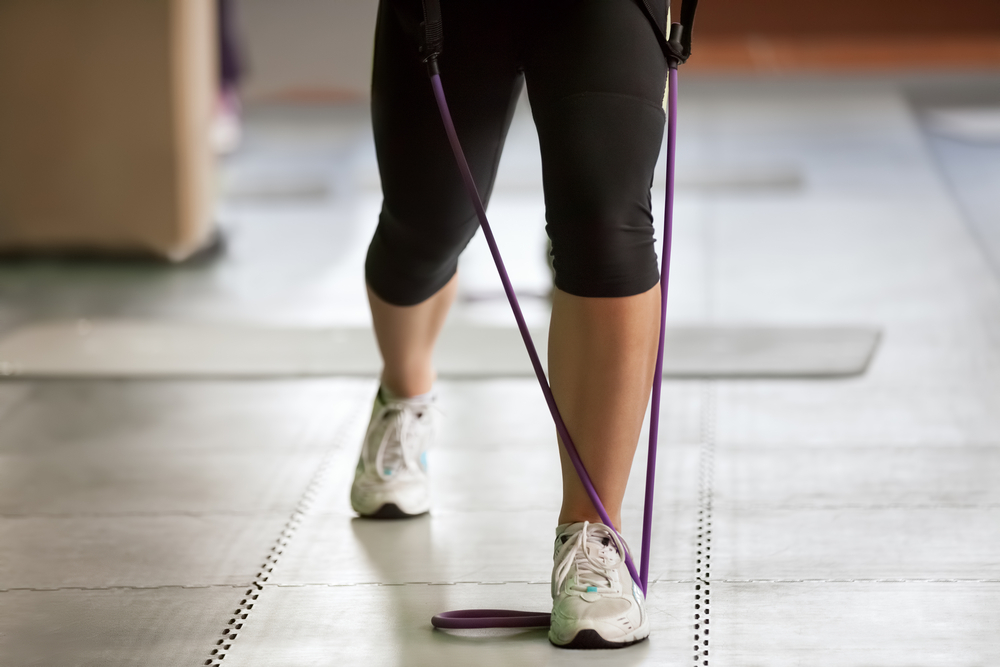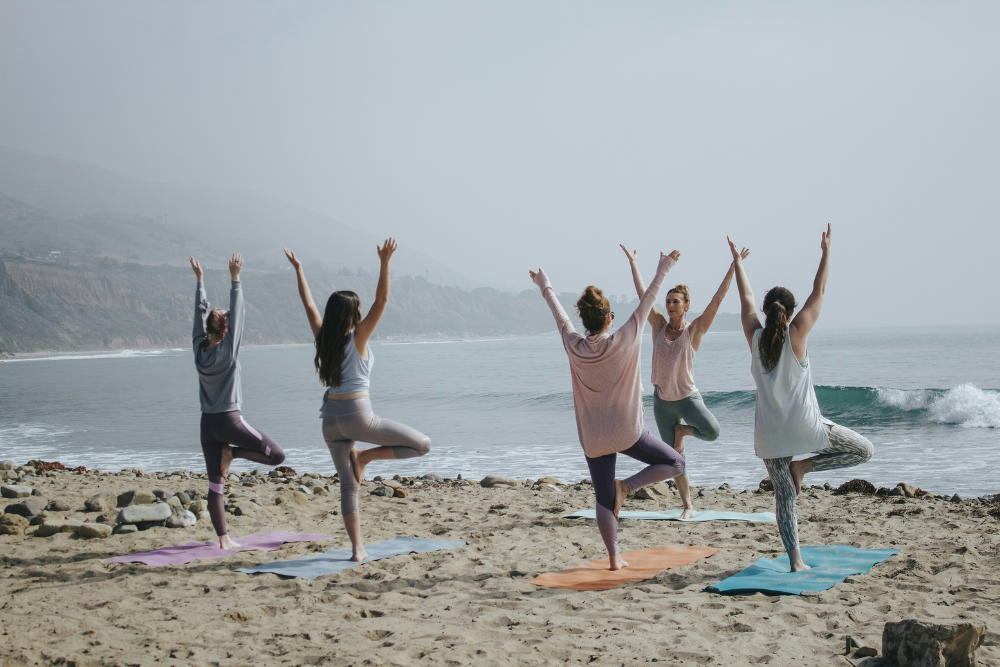Listen To Your Body: Setting Attainable Fitness Goals

Grayson Fertig
How much should I exercise?
It’s an incredible feeling to realize that training is actually working. The results prove you’ve moved beyond an effort loaded with your best intentions. Whoa I’m losing weight. I can’t believe how easy that was. I feel really good.
It’s working, and whatever your goals were suddenly ARE being achieved. But where do you go from here?
That’s the hard part. How do you establish the NEXT goal?
Imagine your goal is to read a book that a friend gave to you, The Barbarian Days of Surfing. The opening pages are slow, setting up the story with little pieces of information, filling in some blanks as to how a young haole came to live on Oahu. It’s work.
The goal is to read this book. While that is the long term goal, the short term goal is to get started. But now that you’ve started, what’s next? One answer is to read until you are done. Another option, and the one I prefer, is that you will read this book as if you were reading poetry.
In the beginning, it’s a good goal to simply want to get into better shape. It states your desire to change. Soon it will be easy to make a comparison, because at the outset you can organize your training process into a series of comparative questions. As you progress, you’ll be evaluating things by examining the quantities of your workout — three miles became 5, 20 minutes became 35 and 100 pounds turned into 200.
Now you’re at chapter 5, and you’re doing great. You’re reading the book, acknowledging that it’s good for you to read, its good for you to exercise.
You can stay there, and just read until the end. Or you can look at a map of Oahu and try to located the break that the young haole is talking about. You can take the time to look up a word that puzzles you, no longer just fantasizing about becoming that reader who reads with a dictionary.
To exercise poetically, you would need to pause after you run your first 5k. You must take the time to reflect on your training methods before deciding that the next goal is to run a 10k, and train more in order to achieve it.
You decide that the next goal is to run a 10k, but because you’ve paused to reflect, you will now be the person who is discerning bones and muscles with curiosity. You’ll be observing YOUR bones and muscles, considering the way they’re joined and the kinetics of their movement.
As you move from being a 5k runner to a 10k runner, you become capable of moving past the self. Can I do it? Of course you can do it. If you read one chapter at a time you will finish the book. The only difference is that this story doesn’t end until the end, because physical well-being is a continuing story that lasts as long as you decide. If you knew your heart would give up before your head, how would that change your approach to the 10k? Would you train more and railroad yourself with challenge, hoping to make the weak heart stronger? Or would you pause and begin to ask questions about the nature of things, considering how you can support your heart as you pursue the 10k? When you look deeper into things (like looking up that word that puzzles you), what does that cause you to think? How can your reflection be part of your vision?
In order to effectively set goals, you have to do some digging. Otherwise you are simply exercising and not training for the long run. There will come a day when more amounts of exercise won’t be possible, and you’ll be incapable of more. Suddenly you’ll be entering a phase of life when you’re slowing down. But if only….
But if only you didn’t wait for that day.
What if, right now, you started thinking about your physical future?
That means the quandary about how much to exercise becomes an entirely different question. To what level do you want to understand your body, and the process of positively manipulating its function?
Exercise is an opportunity to speak with your body. The amount you train has to do with your level of interest in getting to know yourself and your body, with each day of training starting to feel like a crossword puzzle rather than a cross to bear. Suddenly you are ALSO going to the gym because it is mentally stimulating. What will I figure out today? What will I realize about my body? What connections will I make? What if next time I play with the order of my routine? What then?
How much you should exercise depends on the relationship you want to have with your body. To truly explore its magnificent depths and possibilities, you must engage with it on a deeper level, questioning and searching. Like any meaningful, loving relationship, it takes time and intentional engagement to make your relationship with your body strong and healthy. In the time we have, we must seek to know ourselves in the physical space in a way that goes beyond the ephemeral goals we set for ourselves in the gym. In this way, training moves beyond the realm of habit and self-medication, and into the world of sustained self-discovery.










